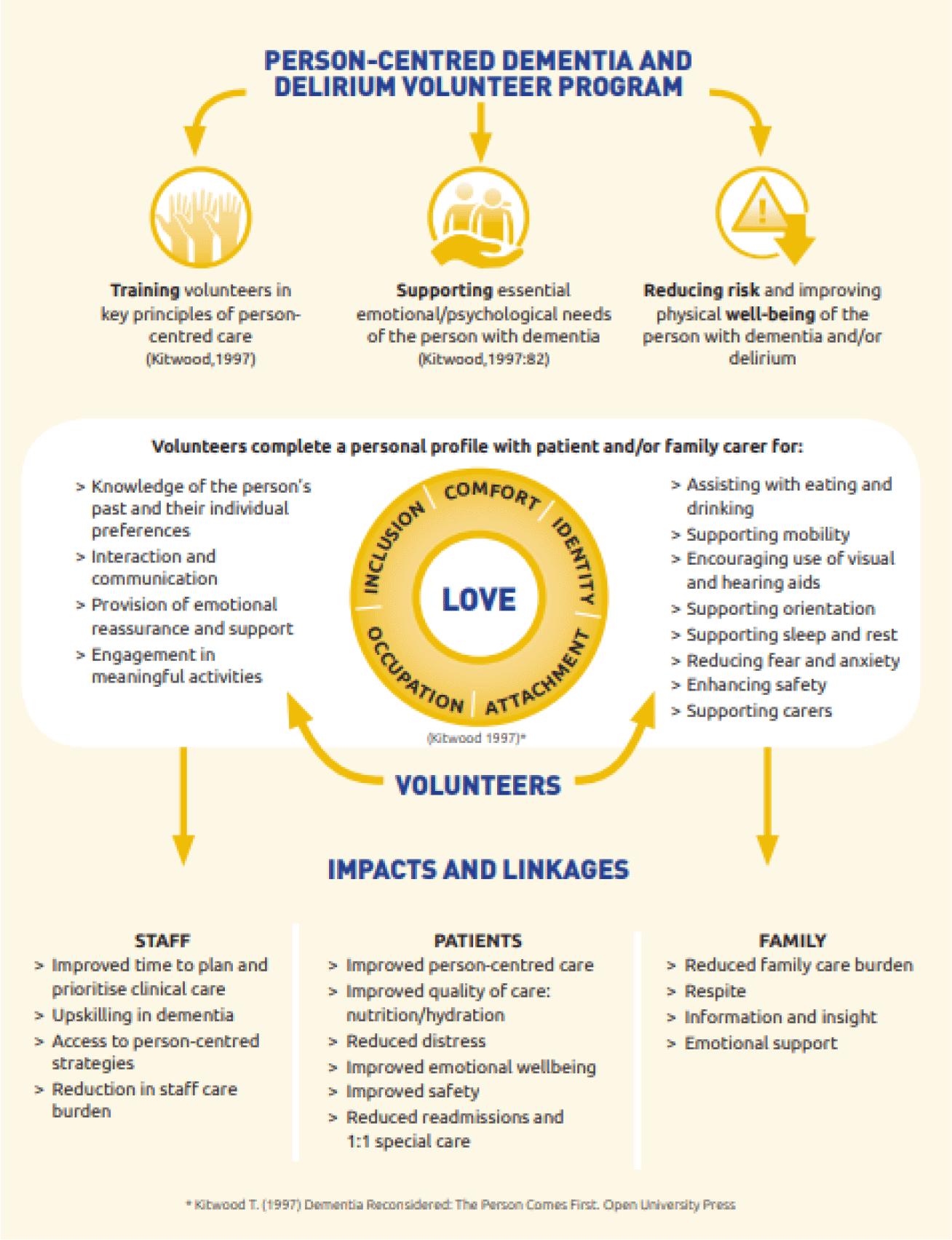631 results
The mediating role of reflective functioning and general psychopathology in the relationship between childhood conduct disorder and adult aggression among offenders
-
- Journal:
- Psychological Medicine , First View
- Published online by Cambridge University Press:
- 02 April 2024, pp. 1-12
-
- Article
-
- You have access
- Open access
- HTML
- Export citation
Immobilisation of chromium in magnesium carbonate minerals
-
- Journal:
- Mineralogical Magazine / Volume 88 / Issue 2 / April 2024
- Published online by Cambridge University Press:
- 06 March 2024, pp. 162-169
-
- Article
-
- You have access
- Open access
- HTML
- Export citation
Oxyfluorfen-resistant rice tolerance and weed control when using oxyfluorfen
-
- Journal:
- Weed Technology / Volume 38 / 2024
- Published online by Cambridge University Press:
- 29 February 2024, e26
-
- Article
-
- You have access
- Open access
- HTML
- Export citation
Direct Imaging of Zirconia Pillars in Montmorillonite by Analytical Electron Microscopy
-
- Journal:
- Clays and Clay Minerals / Volume 47 / Issue 6 / December 1999
- Published online by Cambridge University Press:
- 28 February 2024, pp. 683-687
-
- Article
- Export citation
FC27: Golden Angels: The impact of volunteer support for patients with dementia and delirium in Australian rural hospitals
-
- Journal:
- International Psychogeriatrics / Volume 35 / Issue S1 / December 2023
- Published online by Cambridge University Press:
- 02 February 2024, pp. 89-90
-
- Article
-
- You have access
- Export citation
51 Feasibility of Remote Administration of a Modified UDSv3 Cognitive Battery
-
- Journal:
- Journal of the International Neuropsychological Society / Volume 29 / Issue s1 / November 2023
- Published online by Cambridge University Press:
- 21 December 2023, pp. 563-564
-
- Article
-
- You have access
- Export citation
36 Lexical Frequency and Semantic Fluency Performances in Cognitively Normal APOEε4 Carriers
-
- Journal:
- Journal of the International Neuropsychological Society / Volume 29 / Issue s1 / November 2023
- Published online by Cambridge University Press:
- 21 December 2023, pp. 244-245
-
- Article
-
- You have access
- Export citation
Index
-
- Book:
- Local Place and the Arthurian Tradition in England and Wales, 1400-1700
- Published by:
- Boydell & Brewer
- Published online:
- 21 February 2024
- Print publication:
- 21 November 2023, pp 315-328
-
- Chapter
- Export citation
List of Illustrations
-
- Book:
- Local Place and the Arthurian Tradition in England and Wales, 1400-1700
- Published by:
- Boydell & Brewer
- Published online:
- 21 February 2024
- Print publication:
- 21 November 2023, pp vi-vi
-
- Chapter
- Export citation
Bibliography
-
- Book:
- Local Place and the Arthurian Tradition in England and Wales, 1400-1700
- Published by:
- Boydell & Brewer
- Published online:
- 21 February 2024
- Print publication:
- 21 November 2023, pp 269-314
-
- Chapter
- Export citation
Coda: Arthur's local renaissance?
-
- Book:
- Local Place and the Arthurian Tradition in England and Wales, 1400-1700
- Published by:
- Boydell & Brewer
- Published online:
- 21 February 2024
- Print publication:
- 21 November 2023, pp 261-268
-
- Chapter
- Export citation

Local Place and the Arthurian Tradition in England and Wales, 1400-1700
-
- Published by:
- Boydell & Brewer
- Published online:
- 21 February 2024
- Print publication:
- 21 November 2023
5 - Placing Arthur in William Camden's Britannia
-
- Book:
- Local Place and the Arthurian Tradition in England and Wales, 1400-1700
- Published by:
- Boydell & Brewer
- Published online:
- 21 February 2024
- Print publication:
- 21 November 2023, pp 216-260
-
- Chapter
- Export citation
1 - ‘Thise were his places and his habitacions’: Arthur in situ in the fifteenth century
-
- Book:
- Local Place and the Arthurian Tradition in England and Wales, 1400-1700
- Published by:
- Boydell & Brewer
- Published online:
- 21 February 2024
- Print publication:
- 21 November 2023, pp 33-88
-
- Chapter
- Export citation
4 - Locating Arthur in England and Wales: John Leland, John Prise, and Elis Gruffydd
-
- Book:
- Local Place and the Arthurian Tradition in England and Wales, 1400-1700
- Published by:
- Boydell & Brewer
- Published online:
- 21 February 2024
- Print publication:
- 21 November 2023, pp 171-215
-
- Chapter
- Export citation
Acknowledgements
-
- Book:
- Local Place and the Arthurian Tradition in England and Wales, 1400-1700
- Published by:
- Boydell & Brewer
- Published online:
- 21 February 2024
- Print publication:
- 21 November 2023, pp vii-viii
-
- Chapter
- Export citation
Frontmatter
-
- Book:
- Local Place and the Arthurian Tradition in England and Wales, 1400-1700
- Published by:
- Boydell & Brewer
- Published online:
- 21 February 2024
- Print publication:
- 21 November 2023, pp i-iv
-
- Chapter
- Export citation
Introduction: Place and the defence of Arthur
-
- Book:
- Local Place and the Arthurian Tradition in England and Wales, 1400-1700
- Published by:
- Boydell & Brewer
- Published online:
- 21 February 2024
- Print publication:
- 21 November 2023, pp 1-32
-
- Chapter
- Export citation
Contents
-
- Book:
- Local Place and the Arthurian Tradition in England and Wales, 1400-1700
- Published by:
- Boydell & Brewer
- Published online:
- 21 February 2024
- Print publication:
- 21 November 2023, pp v-v
-
- Chapter
- Export citation
Miscellaneous Endmatter
-
- Book:
- Local Place and the Arthurian Tradition in England and Wales, 1400-1700
- Published by:
- Boydell & Brewer
- Published online:
- 21 February 2024
- Print publication:
- 21 November 2023, pp 329-334
-
- Chapter
- Export citation




